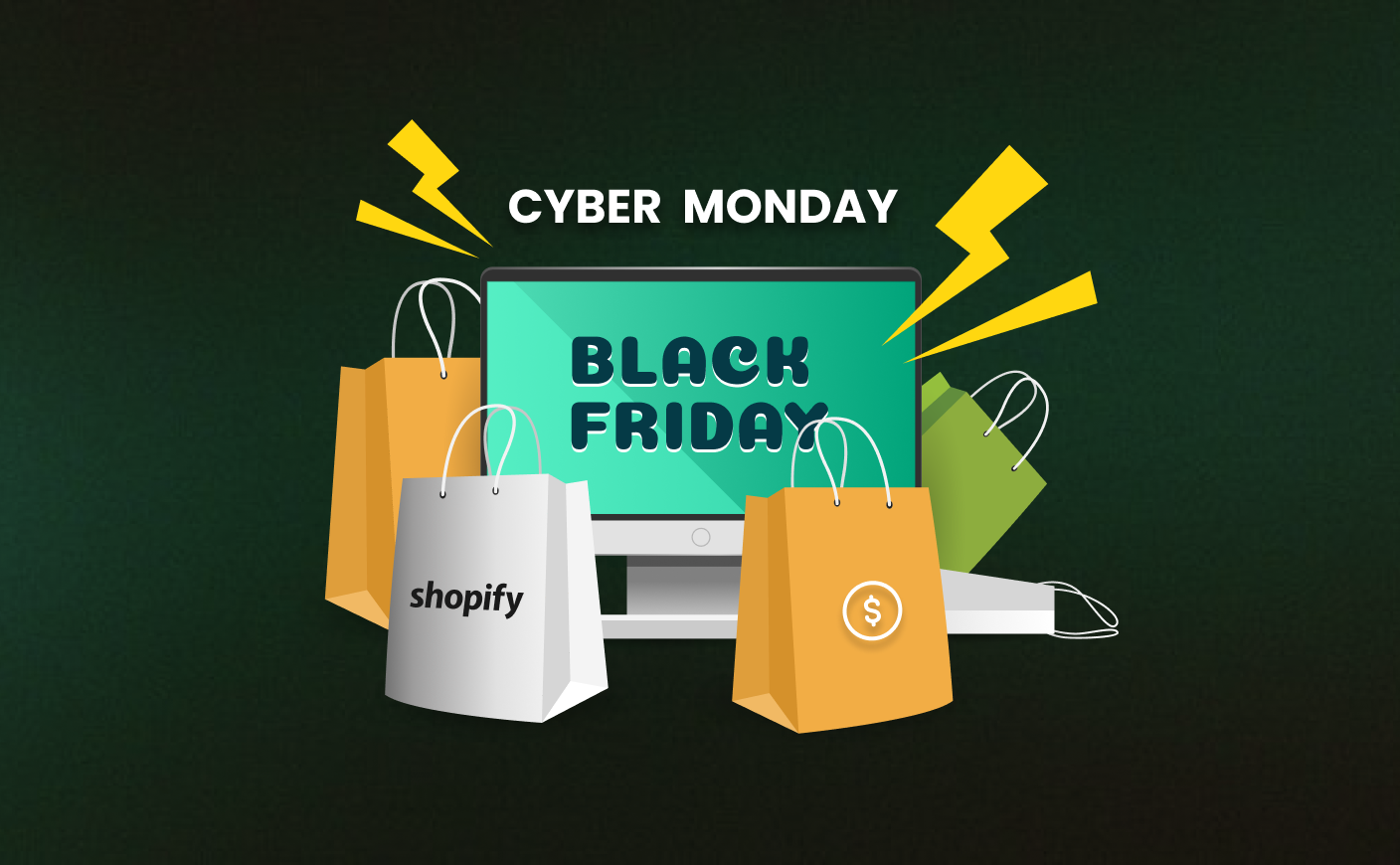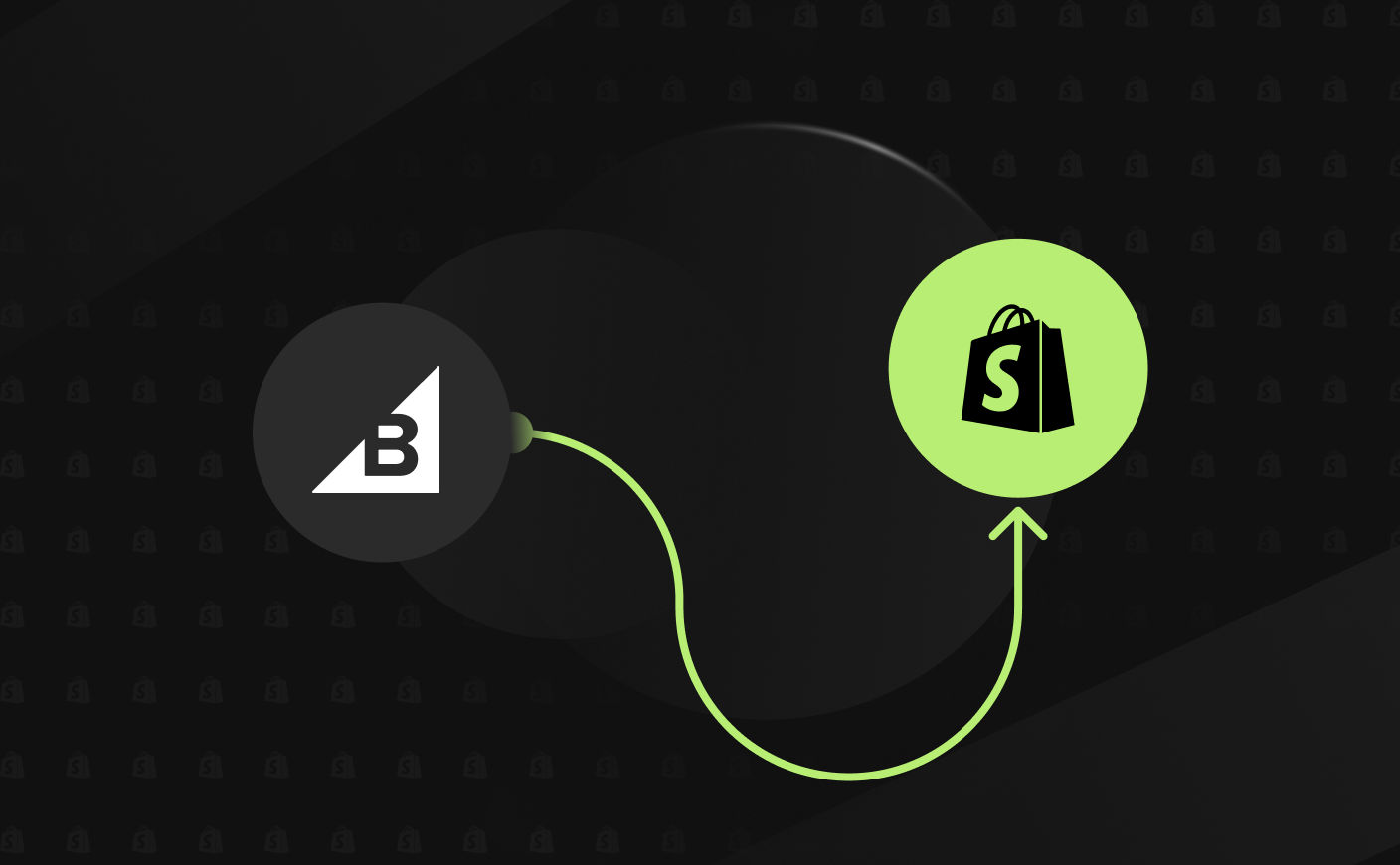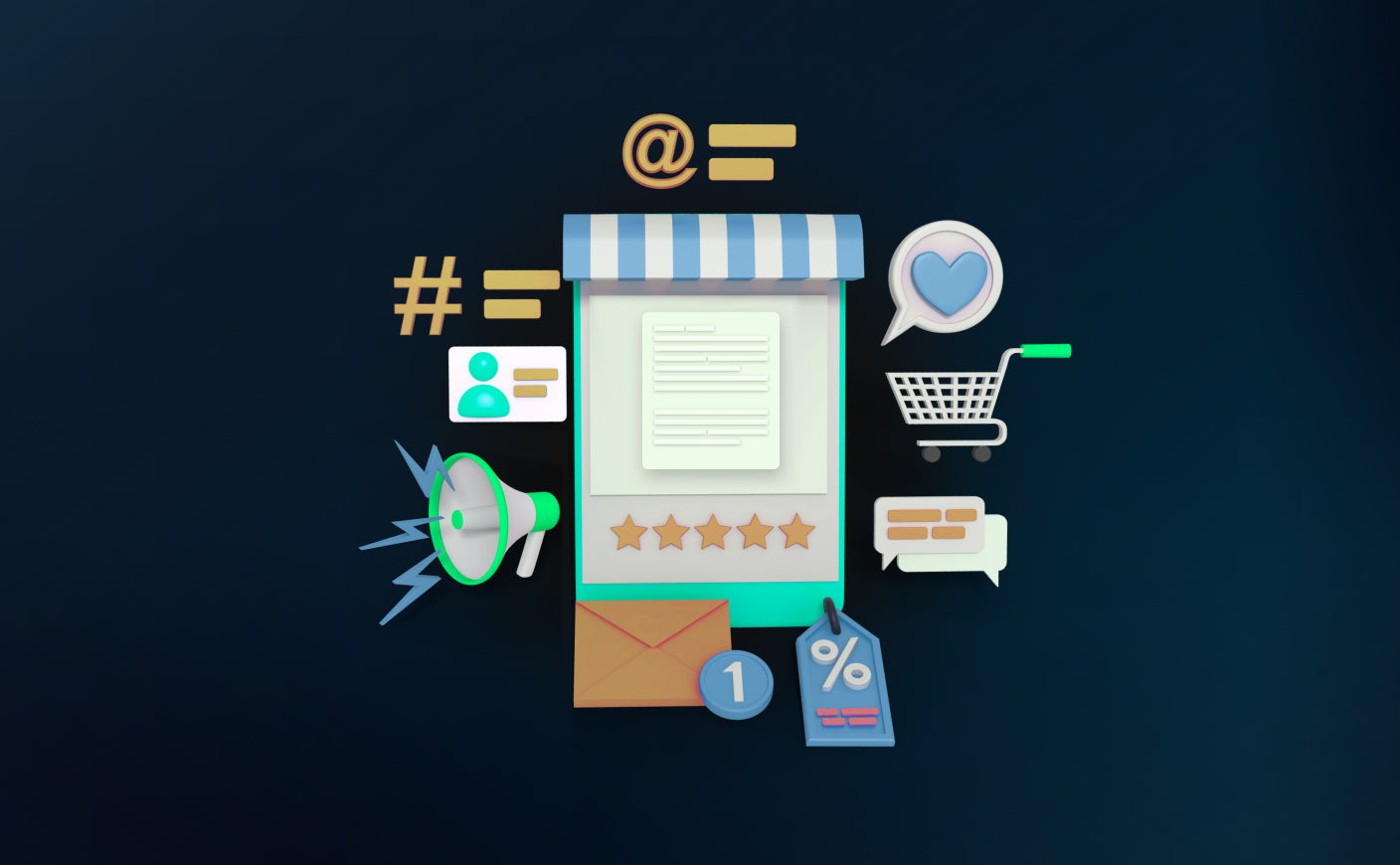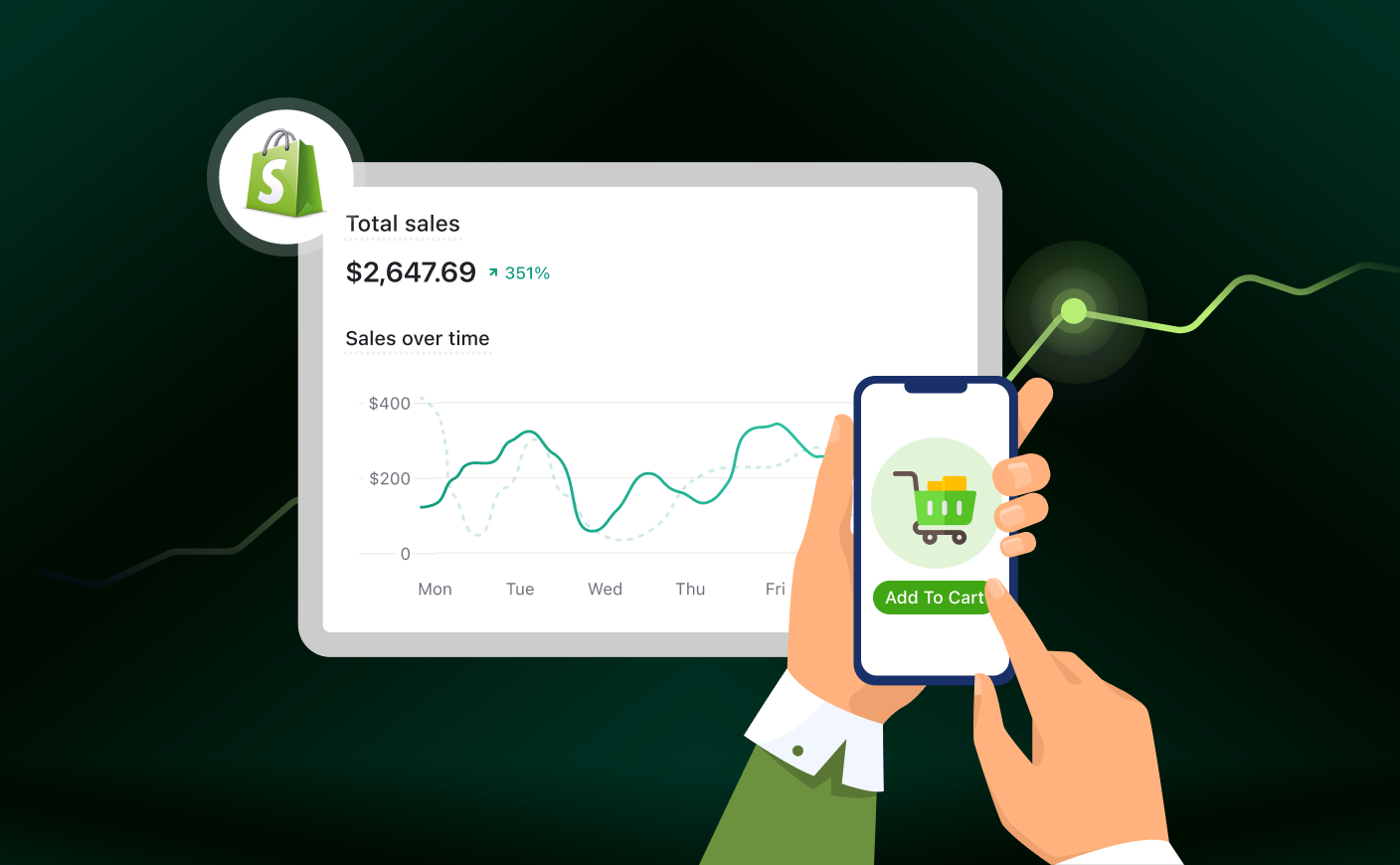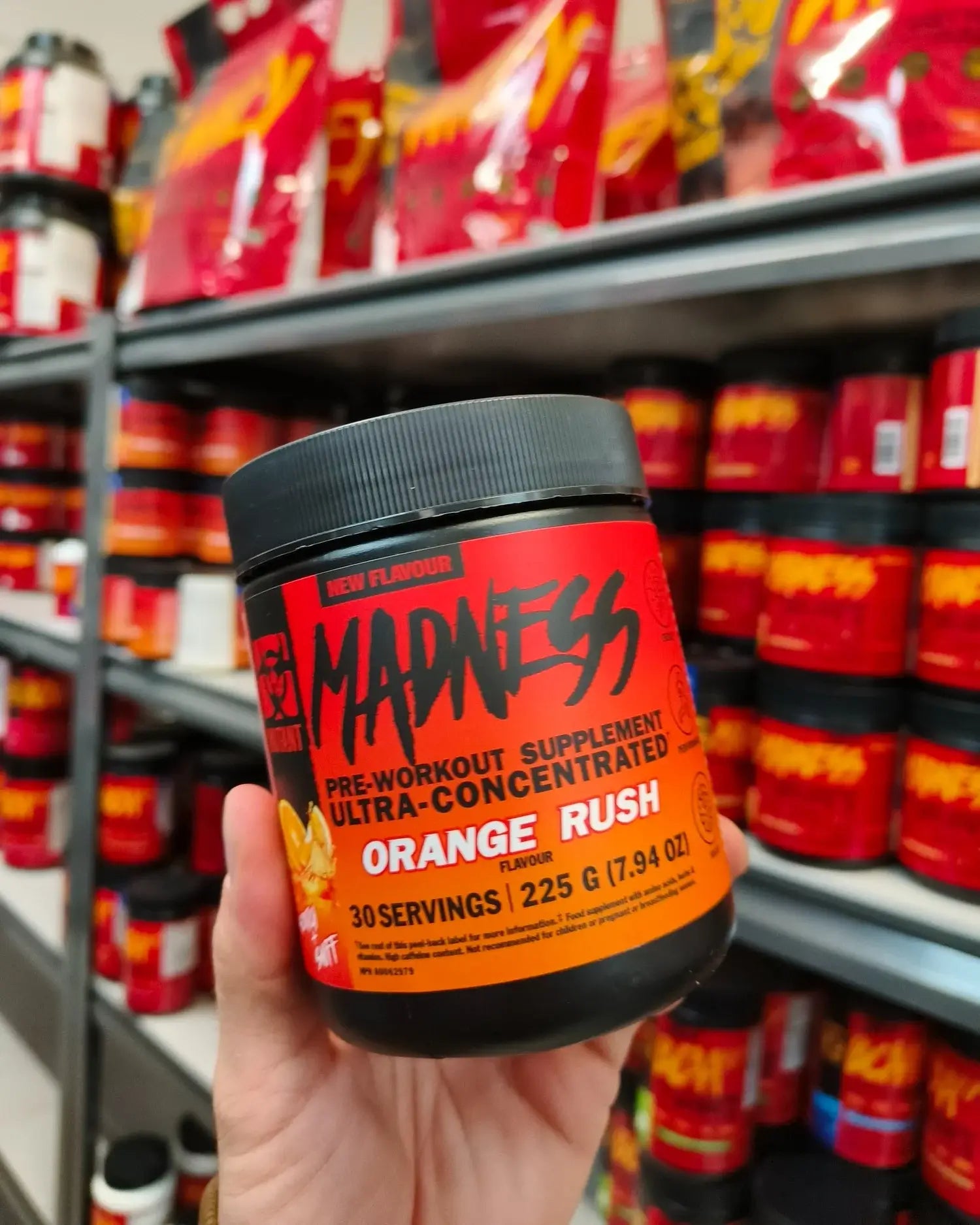Tips to Write Shopify Blog Titles That Drive Traffic (With Examples)
organic traffic
shopify blog

Did you know that 80% of people will read your blog title - but only 20% will actually click through?
That means one bad title and you could be losing out on a massive chunk of traffic. But here’s the best part - with the right tweaks, you can turn your Shopify blog into a click magnet.
For Shopify store owners, blog titles are not just a bunch of words - they’re the first and sometimes (the only chance) to pull in users, drive traffic, and increase sales. In today’s competitive landscape, where everyone is fighting for attention, you need a headline that stops the scroll, sparks curiosity, and makes people want to click.
In this blog, we will explore some unconventional strategies to create blog titles that don’t just rank well in search engines but actually convert casual browsers into engaged readers.
Ready? Let’s begin.
Clever Ways to Write Shopify Blog Titles That Make People Click!
Before we start exploring the tips, remember this: a great blog title isn’t just about keywords - it’s about curiosity, emotion, and value. Let’s discover how you can curate Shopify blog titles that demand attention and drive clicks!
#1 Leverage the "Curiosity Cliffhanger" Technique
Ever scrolled past a title and felt an urge to click…just to find out what happens next? That is the power of a curiosity-driven title. It teases enough to create an urge to click but not deliver the full answer, making it impossible to ignore.
So why does it work? That is Zeigarnik effect in action
This tactic taps into a psychological principle known as the Zeigarnik Effect - our brain’s tendency to remember unfinished tasks more than completed ones. When readers see an open-ended question or an unresolved issue in your blog title, their brains crave closure. The only way to satisfy that curiosity? Clicking through to read the full story.
Let us see how it applies to your Shopify store.
For Shopify store owners, curiosity-driven titles can work wonders, especially when addressing real ecommerce frustrations. Think about your audience - store owners, marketers, or entrepreneurs. They’re constantly looking for solutions to problems like:
- Low conversions despite high traffic
- Cart abandonment issues
- Struggling product launches
- SEO efforts not paying off
A well-curated title that hints at the solution—but doesn’t give it away—can drive more clicks. For example:
- "What’s Stopping Your Shopify Store from Doubling Sales Overnight?"
- "Is This One Mistake Killing Your Shopify Traffic?"
- "Your Shopify Ads Are Burning Cash—Here’s Why!"
Each of these creates an open loop, making the reader feel the need to click and close the information gap.
Actionable tip:
Use Shopify analytics to find out what consumers are most interested in.
- Check your top exit pages (where are visitors leaving your store?)
- Analyze low-converting products (which listings are underperforming?)
- Look at frequently asked customer questions (what are shoppers struggling with?)
Also read: The blueprint for perfect ecommerce website design
#2 Hijack Micro-Trends for Instant Relevance
Ever seen a product explode overnight just because it went viral on TikTok or got a shoutout from an influencer? That’s the power of micro-trends—short-lived but high-impact waves of popularity that can send Shopify store sales to new heights.
So why does it work? That is riding the trend wave in action.
Micro-trends create an urgency that standard evergreen content can never match. When people see a trending topic, their first instinct is to learn more before it fades away.
By creating Shopify blog titles around these trends, you:
- Make your content feel fresh and current
- Leverage existing online buzz to drive traffic
- Position yourself as a go-to source for ecommerce insights
This works especially well when the trend is directly related to shopping behaviors. If a viral TikTok challenge is pushing a certain product category, Shopify store owners want to know how they can capitalize on it—fast.
How Shopify store owners can spot micro trends?
Keeping up with micro-trends doesn’t mean spending hours doomscrolling. Instead, use smart social listening and analytics tools:
- Google Trends: See search spikes for trending products.
- X (Twitter) Trending Topics: Spot viral discussions in real-time.
- TikTok Search: Look for trending product hacks and shopping trends.
- Shopify Sales Data: Identify sudden spikes in sales for unexpected items.
For instance, let’s say a TikTok user discovers a hack to make scented candles last twice as long—and suddenly, demand for a specific type of candle wax increases. A Shopify blog title like:
"How Shopify Stores Are Cashing In on the Viral ‘Scented Candle Hack’"
…instantly grabs attention, making it clear that this blog isn’t just another generic ecommerce post—it’s a timely opportunity to act on.
Actionable tip:
Twist the trend for maximum impact.
Once you spot a trend, pair it with a benefit-driven spin to create a title that sells curiosity and value. For example:
- "This TikTok Trend Just Increased Shopify Sales by 300% - Here’s How"
- "Viral Product Hacks Are Changing Shopify Stores - Are You Missing Out?"
#3 Use "Anti-Patterns" to Stand Out
Most Shopify blog titles follow a predictable formula: “How to Increase Sales,” “The Best Shopify Strategies,” “5 Tips to Grow Your Store.” And while these can work, they also blend in with thousands of other similar posts.
Want to grab attention? Flip the script.
Instead of telling readers what they expect to hear, challenge them with something they can’t ignore. Instead of “How to Grow Your Shopify Store,” try:
"Why Growing Your Shopify Store Is a Trap (and What to Do Instead)"
Now, that’s a title that makes people pause.
So why does it work? That is the power of contrarian thinking in action.
This tactic plays on the "Pattern Interrupt" principle—our brains are wired to filter out familiar information, but when something unexpected appears, we instinctively stop and pay attention.
It also taps into curiosity: “Wait… is everything I know about Shopify growth wrong?” The only way to find out? Click.
How can a Shopify store owner use this strategy?
To create an "anti-pattern" title, start by identifying overused, generic advice in the ecommerce space. Then, challenge it with a fresh take. Examples:
- "Why Your Shopify Blog Shouldn’t Rank on Google (Yet)"
- "Stop Selling More Products: The Shopify Traffic Secret No One Talks About"
- "More Ads, More Problems? The Shopify Marketing Mistake Killing Your Profits"
Actionable tip:
Give a twist to your common advice.
- Find a common Shopify tip in blog posts, YouTube videos, or forums.
- Challenge it with a different perspective (Is it outdated? Misleading? Only partially true?)
- Generate a title that teases the unexpected truth—while hinting at a better solution.
Also read: Top Shopify marketing automation tools for 2025
#4 Embed "Emotional Echoes" for Deeper Connection
Not every Shopify blog title needs to scream “How to 10X Your Sales” or “The Best Shopify Tips for 2025.” In fact, some of the most powerful titles don’t focus on solutions at all. Instead, they reflect the emotions Shopify store owners are already feeling.
Ever felt the frustration of watching your traffic climb but sales stay flat? Or the quiet satisfaction of seeing that first cha-ching notification?
That’s what we call "Emotional Echoes"—titles that mirror the reader’s own unspoken feelings.
So why does it work? Because it speaks to their inner dialogue.
This strategy taps into your reader’s emotional resonance. As a business owner, they go through a range of emotions daily. When people feel like you get what they’re going through, they’re much more likely to trust you—and click.
Now let’s see how you can integrate this emotion in your blog title.
Instead of writing the generic, “ How to Increase Shopify Sales”, you can try the following:
- "When Your Shopify Store Feels Invisible, Try This"
- "The Quiet Joy of Watching Shopify Sales Tick Up"
- "Feeling Stuck? The Shopify Growth Hack That Finally Worked for Me"
See the difference? These titles sound like real thoughts Shopify store owners have, making them feel seen and understood.
Actionable tip:
Mine real emotions from customer conversations.
So where can you find authentic emotions to use in your titles?
- Customer Reviews: What words do customers use when talking about frustrations or wins?
- Support Tickets & Forums: What problems keep coming up? Look for phrases like “I feel stuck,” “This is so frustrating,” or “I wish I knew this sooner.”
- Social Media Comments: Shopify groups, Twitter threads, and Reddit posts reveal what store owners are feeling in real time.
#5 Stack Specificity with Scale for Authority
If you’ve ever come across a blog title like “How I Made $100,000 in 30 Days Selling on Shopify”, you probably felt one of two things:
- “That’s impressive! I need to know how.”
- “Is this even real?”
That’s the power—and the danger—of bold claims.
On their own, large-scale promises sound too good to be true. But when paired with precise, specific details, they become credible and irresistible.
So why does it work? It is the power of specificity+scale.
Specificity = Trust - Exact numbers make claims feel real and researched.
Scale = Intrigue - Big, bold outcomes spark curiosity.
For example, which of these blog titles feels more authoritative?
- "How to Increase Shopify Sales"
- "How 9 Shopify Jewelry Stores Hit 10K Visitors with One Title Trick"
The second one is clear, data-driven, and instantly more compelling. Readers assume, “If 9 stores saw results, maybe mine will too.”
Let us see how you can apply this to your Shopify blogs.
As a Shopify store owner or marketer, you can make your blog titles more powerful by grounding them in Shopify’s ecosystem - we are talking about app integrations, niche markets, and real business metrics.
Here are a few examples:
- Ecommerce Strategy - “The 5-Word Title That Sold 1,000 Units on Shopify Last Month”
- Shopify Apps - “How This Email Tool Helped 7 Shopify Brands Recover 40% of Abandoned Carts”
- Case Study-Based - “How 3 Shopify Stores Used AI to Increase AOV by 32%”
Also read: Shopify growth hacks for 2025
Wrapping It Up
Your Shopify blog has the potential to drive massive engagement, but only if your titles do their job first. So, before you hit publish on your next post, ask yourself—does your title spark curiosity, offer value, and stand out in a crowded space? If not, it’s time for a rewrite.
The right words can transform casual scrollers into loyal readers and, ultimately, paying customers.
CrawlApps
At CrawlApps, we don’t just build Shopify stores—we create experiences that sell. We’re a bunch of problem-solvers who love turning ideas into stores that actually converts. Whether it’s fixing what’s broken or building something from scratch, we make sure every detail works in your favor. No fluff, no jargon—just real solutions that help your business grow. If you’re serious about Shopify, you’ll feel right at home with us.



